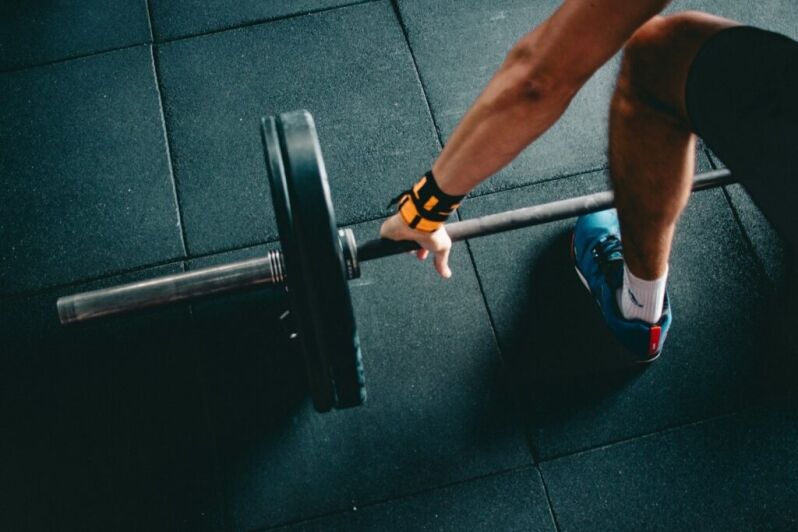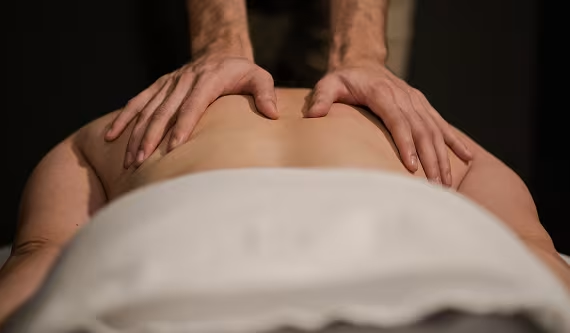Infraspinatus muscle pain is a common issue among active individuals—especially those who lift weights, play sports, or perform repetitive upper-body tasks like swimming, throwing, or manual labor. As a key component of the rotator cuff, the infraspinatus muscle is responsible for stabilizing the shoulder joint and enabling essential movements such as external rotation, pulling, and lifting. When overused or strained, it can lead to deep, nagging shoulder pain that disrupts both athletic performance and everyday activities like reaching or sleeping comfortably.
Ignoring infraspinatus pain can lead to compensatory movement patterns, increased risk of shoulder impingement, and long-term joint dysfunction. That’s why early identification and targeted care are essential. This article provides evidence-based, practical solutions for recognizing the signs of infraspinatus muscle pain, along with expert-backed rehab techniques, mobility tips, and preventive infraspinatus stretches designed to support healing and long-term shoulder health.
Understanding the Infraspinatus Muscle and Its Function
The infraspinatus muscle is one of the four rotator cuff muscles located on the shoulder blade’s back. Working alongside muscles like the supraspinatus and teres minor, it assists in shoulder rotation and stabilizes the shoulder joint. The infraspinatus is responsible for rotating the arm outward and contributes to shoulder joint alignment, which is essential for lifting, pulling, and pushing movements.

Common Causes of Infraspinatus Pain
Active individuals in Edmonton and Sherwood Park who frequently engage in shoulder-heavy activities may be familiar with pain in the infraspinatus muscle. Common causes of infraspinatus pain include:
- Infraspinatus strain: Often from overuse, this strain can cause pain, swelling, and tenderness.
- Muscle tear: Repetitive shoulder movement or trauma can lead to tears, impacting strength and flexibility.
- Shoulder impingement: When the infraspinatus is compressed, it can lead to sharp pain during arm movement.
- Rotator cuff tendinitis: This condition results from inflammation due to overuse or repeated strain.
If any of these issues sound familiar, it’s essential to address the pain early on with effective stretching and rehabilitation strategies.
Effective Infraspinatus Stretch for Pain Relief
Stretching your infraspinatus muscle can be highly effective in relieving tension and preventing injury. Try the following infraspinatus stretch:
- Stand with your feet shoulder-width apart.
- Hold your arm across your chest and use your opposite hand to gently press on your elbow until you feel a stretch at the back of your shoulder.
- Hold for 20-30 seconds, then switch to the other arm.
- Repeat the stretch 2-3 times per side.
Remember to ease into each stretch to avoid exacerbating any existing pain. If you feel a sharp increase in pain, consider consulting a professional for guidance.
Rehabilitation Exercises for Infraspinatus Muscle Pain
If you’re already dealing with infraspinatus muscle pain, these steps will help you find relief and restore muscle strength:
- Rest and Ice: Rest the shoulder, and apply ice for 15-20 minutes several times a day to reduce swelling.
- Physical Therapy: A physical therapist can guide you through strengthening and mobility exercises tailored to shoulder rehab.
- Gentle Shoulder Stretches: Integrate low-resistance bands for light stretching to help strengthen surrounding muscles without overstraining.
- Consider Manual Osteopathy: An effective therapy for shoulder injuries, manual osteopathy can promote healing and improve range of motion. Learn more about manual osteopathy services offered by Athlete’s Choice Massage for comprehensive care.
When to Seek Help for Infraspinatus Muscle Pain
While many cases of infraspinatus pain can be managed at home with rest, stretching, and strengthening, there are times when you may need additional support. Consider seeing a professional if you experience any of the following:
- Persistent pain that doesn’t improve with rest
- Weakness or difficulty in lifting the arm
- Sharp pain with specific movements
- Signs of inflammation or limited range of motion
At Athlete’s Choice Massage, our trained therapists can help create a personalized care plan to support your active lifestyle and reduce the risk of further injury. For those in the greater Edmonton area, consider a visit to one of our locations, like the downtown Edmonton massage clinic, where experts are ready to assist you.
Stay Active and Pain-Free: Managing Infraspinatus Pain
Managing Infraspinatus Muscle pain is crucial for anyone dedicated to physical fitness or maintaining an active lifestyle. This small yet essential rotator cuff muscle plays a key role in shoulder stability and movement—making it especially vulnerable for athletes, gym-goers, and physically active individuals in Edmonton and Sherwood Park.
By incorporating regular infraspinatus muscle stretches, mobility exercises, and a targeted rehabilitation plan, you can relieve discomfort, support healing, and reduce the risk of long-term injury. Early intervention not only speeds up recovery but also helps prevent compensation patterns that can lead to secondary pain in the neck, shoulder, or upper back.
Don’t let Infraspinatus Muscle pain hold you back—find relief, stay proactive, and keep moving toward your performance goals with confidence.




